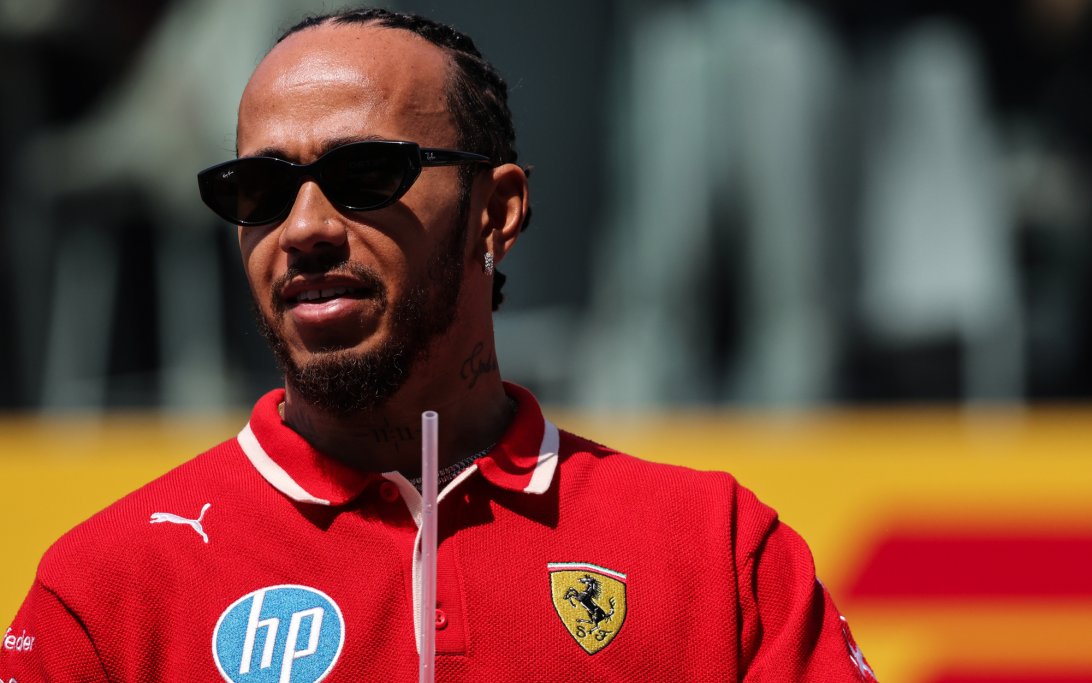In the high-octane world of Formula 1, where driver egos and fierce rivalries often dominate the headlines, the concept of perfect harmony within a team can seem like a distant dream.
Yet, according to one of the sport’s most seasoned veterans, that dream is a reality at one of the grid’s most unexpected teams.
Sauber Team Principal Jonathan Wheatley, a man with 35 years of experience observing the sport’s greatest talents, has made a statement that has turned heads and sparked intense debate: the 2025 pairing of Nico Hülkenberg and Gabriel Bortoleto is the “closest, most collaborative” he has ever seen.

This is not a statement to be taken lightly. Wheatley’s career has placed him in the garages of champions, where he witnessed the often-turbulent dynamics between legendary pairings like Sebastian Vettel and Mark Webber at Red Bull, and the explosive energy of Max Verstappen and Daniel Ricciardo. For him to place Hülkenberg, a respected veteran still chasing an elusive podium, and Bortoleto, a promising rookie, on a pedestal above these iconic duos is nothing short of extraordinary.
On the surface, the claim seems paradoxical. As of the current standings, Bortoleto sits in 17th place with a modest 14 points, while Hülkenberg, buoyed by a remarkable podium finish at Silverstone, holds 9th place with 37 points. These are respectable results for the midfield, but they don’t scream dominance. So, what does Wheatley see that the rest of the world doesn’t?
The answer lies not in the raw statistics, but in the synergy that is building behind the closed doors of the Sauber factory. Wheatley’s praise points to a foundational strength that could prove far more valuable than a few extra points in the short term. He sees a partnership built on mutual respect, open communication, and a shared goal that transcends individual ambition. Hülkenberg brings a wealth of experience, a deep understanding of car mechanics, and a calm, steady hand. Bortoleto, the fiery young talent, brings raw speed and a hunger to learn. Together, they are creating a powerful feedback loop, pushing the team’s development forward at a critical juncture.
This collaborative spirit is the bedrock upon which Sauber, soon to be rebranded as Audi in 2026, is building its future. Wheatley is playing the long game. He understands that as Formula 1 prepares for a massive regulatory overhaul, a team’s ability to work cohesively will be its greatest asset. The Hülkenberg-Bortoleto pairing is not just about the 2025 season; it’s about creating a culture of excellence and unity that will allow the team to hit the ground running when the Audi era begins. Their current performance, while not headline-grabbing, is laying the groundwork for a potential surge up the grid.

While Sauber is quietly forging a powerful alliance, one of its fiercest rivals, the legendary Scuderia Ferrari, finds itself in a state of disarray. The start of the 2025 season has been nothing short of a nightmare for the Maranello-based team. Team Principal Frédéric Vasseur, in a moment of candid honesty, admitted that Ferrari had “lost its way a bit,” a dramatic understatement for the cascade of problems that have plagued the team.
The source of their woes is a fundamental flaw in the design of their SF-25 car, a single, critical issue that has had devastating ripple effects: the ride height. To comply with regulations and avoid catastrophic damage, Ferrari has been forced to run their car higher off the ground than intended. This seemingly small adjustment has pushed the SF-25 completely out of its optimal performance window. The intricate aerodynamics, designed to work with razor-thin precision, have been compromised, robbing the car of downforce and, consequently, speed.
This single issue has diverted the team’s entire focus. Instead of fine-tuning strategies and perfecting tire management, the engineers have been locked in a desperate battle to mitigate a problem that is baked into the very DNA of the car. The consequences have been both humiliating and costly. The season began with a disastrous series of setbacks, including Lewis Hamilton’s shocking disqualification from the Chinese Grand Prix due to excessive plank wear—a direct result of the car’s instability. Not long after, Charles Leclerc was excluded for his car being underweight, another symptom of the team’s frantic efforts to find solutions.

These early-season blows have left Ferrari on the back foot, scrambling to salvage their reputation and their championship hopes. The situation has been made even more painful by the meteoric rise of their rivals at McLaren, who have showcased superior performance and, crucially, exceptional tire management. Even if Ferrari had not been hobbled by the ride height issue, the consensus in the paddock is that they would have struggled to match McLaren’s pace.
The contrast between Sauber and Ferrari could not be more stark. On one hand, a midfield team is building a powerful, collaborative foundation for future success, celebrated by its leadership. On the other, a titan of the sport is grappling with a fundamental design flaw, its leaders admitting defeat as its star drivers suffer the consequences.
As the 2025 season unfolds, the trajectories of these two teams will be fascinating to watch. Can the unparalleled harmony at Sauber translate into a significant performance leap under the Audi banner? And can Ferrari, the proud heart of Formula 1, overcome its self-inflicted wounds to reclaim its place at the front of the grid? The answer to the latter remains uncertain, leaving fans and pundits to wonder what could have been for the Prancing Horse if not for the critical flaw that sent their season spiraling off course.





